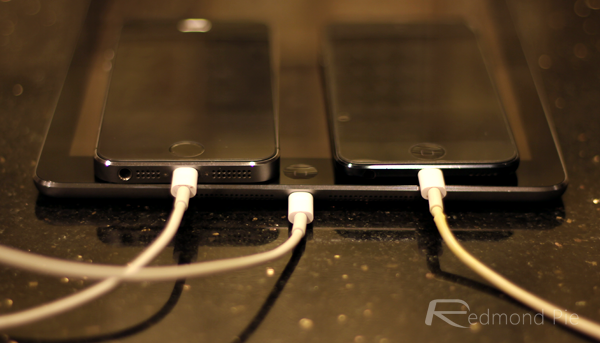A new lithium-ion battery technology has surfaced which apparently allows it to be recharged to the 70% mark in a lightning fast 2 minutes time. Better yet, the battery’s life span has been increased to 20 years as well, sparking some serious ground-breaking possibilities and applications.
The breakthrough comes in from Singapore, where scientists were able to introduce the use of nano-structures in the battery. Traditionally, Li-ion uses graphite for the battery’s anode, but the scientists at NTU have replaced that with titanium dioxide gel – a substance that is found raw in the soil. This is the same substance that is found in food additives and sun-screen lotions, to help absorb the UV rays of the sun. The substance is not only cheaper, but safer for use in batteries.

The scientists have turned the compound into nano-structures, achieving 20-times the usual charging speed, with a single charge lasting 20 times longer as well. The nano-structure helps in speeding up the chemical reactions taking place in the new battery. This breakthrough is expected to make a wide range of impacts on various industries, including electric cars.
Another aspect of looking at this technology is a foreseeable future which should see a drastic curtailing in the waste generated by currently disposed off batteries, given the life that these new ones are claiming of. Of course electric car users can save on that regular battery placement expense as well, but you can never go too green.
The team behind the tech will be applying for a proof-of-concept grant for building a large-scale prototype and have patented the technology. It is expected that the new batteries should be hitting the market in another 2 years, and unlike plenty of fast-charging claims we’ve heard before, this time we can be a little less skeptical.

This new Li-ion battery is not some high-end tech on its own, but builds upon an already industry proven design, leading us to believe that it may just revolutionize our gadgets and machines, since the original technology was commercialized back in 1991.
If this battery sees the light of day, can you imagine what this means for your mobile devices? With scientists hitting a dead-end in addressing today’s batteries’ retainable capacity within the same space, this lightning fast quick charge could help improve on that problem.
(via: Gizmodo)
You may also like to check out:
You can follow us on Twitter, add us to your circle on Google+ or like our Facebook page to keep yourself updated on all the latest from Microsoft, Google, Apple and the Web.

